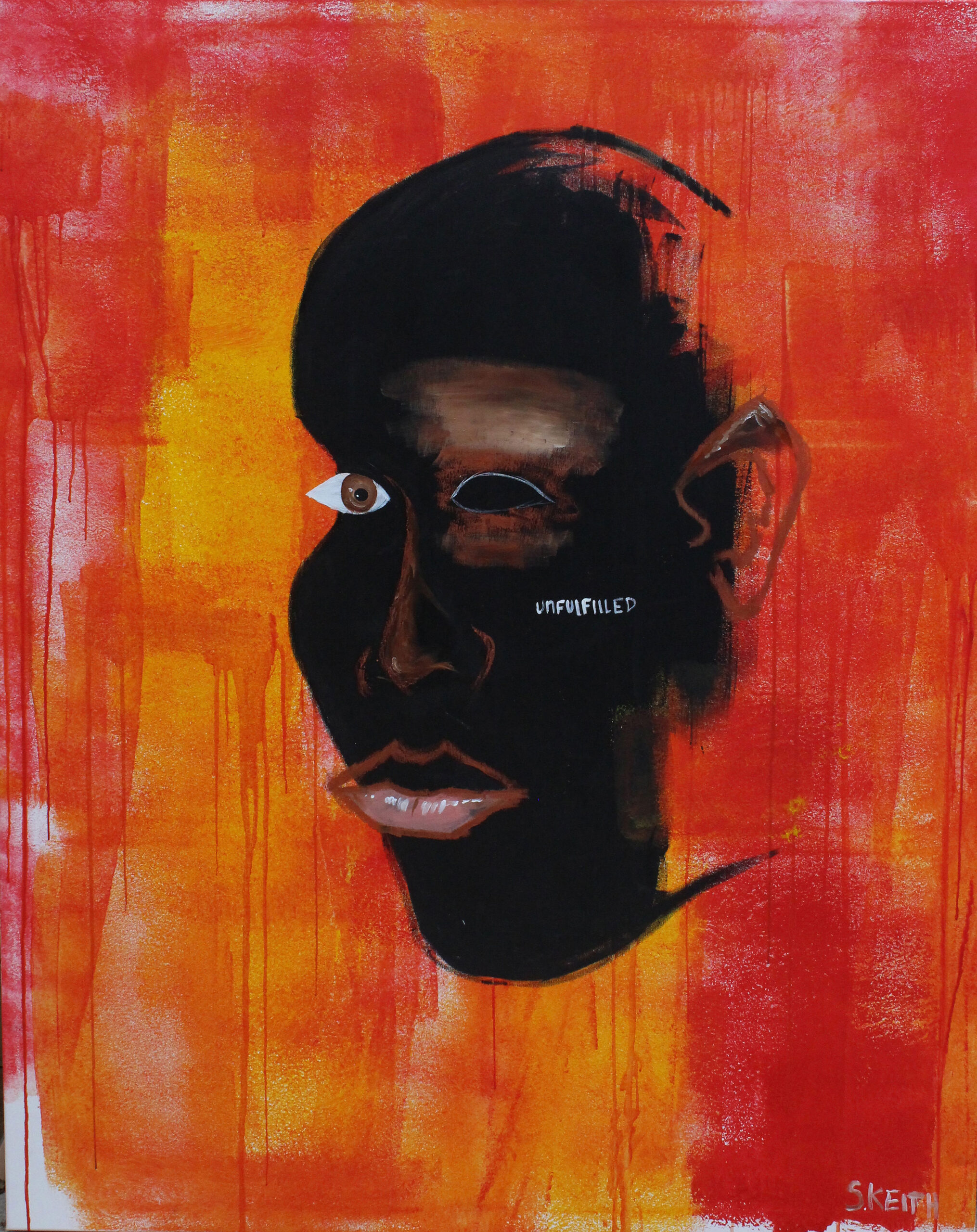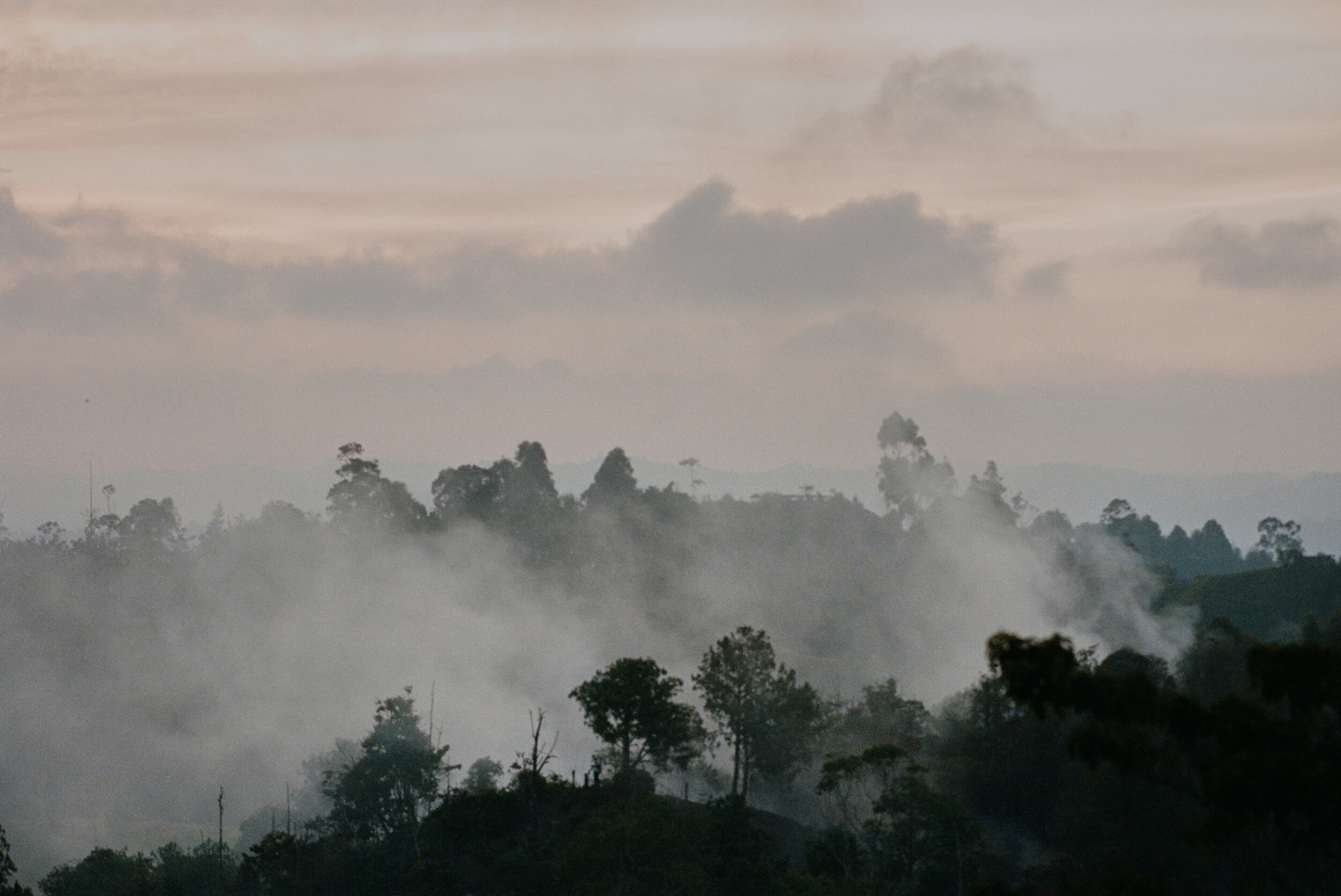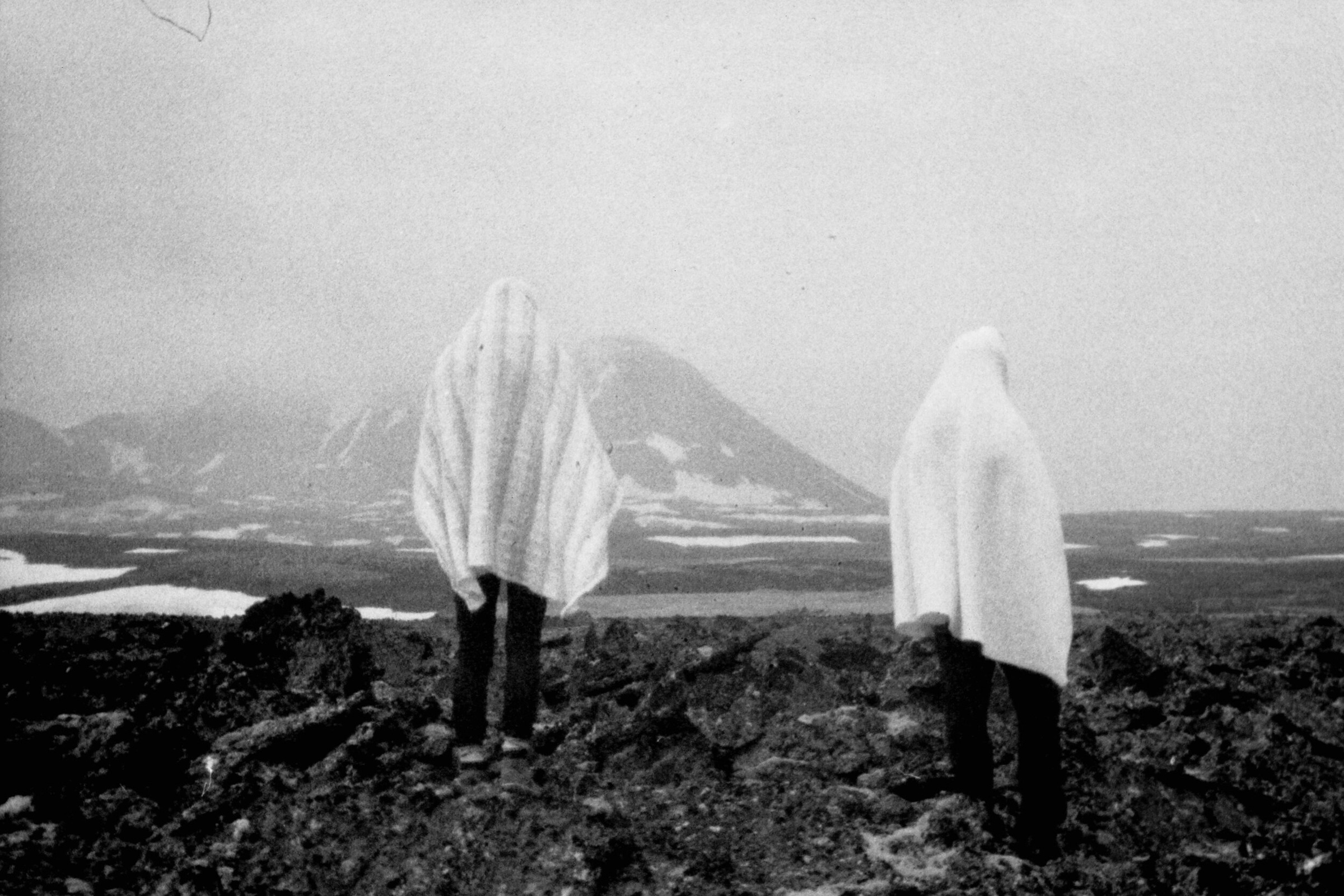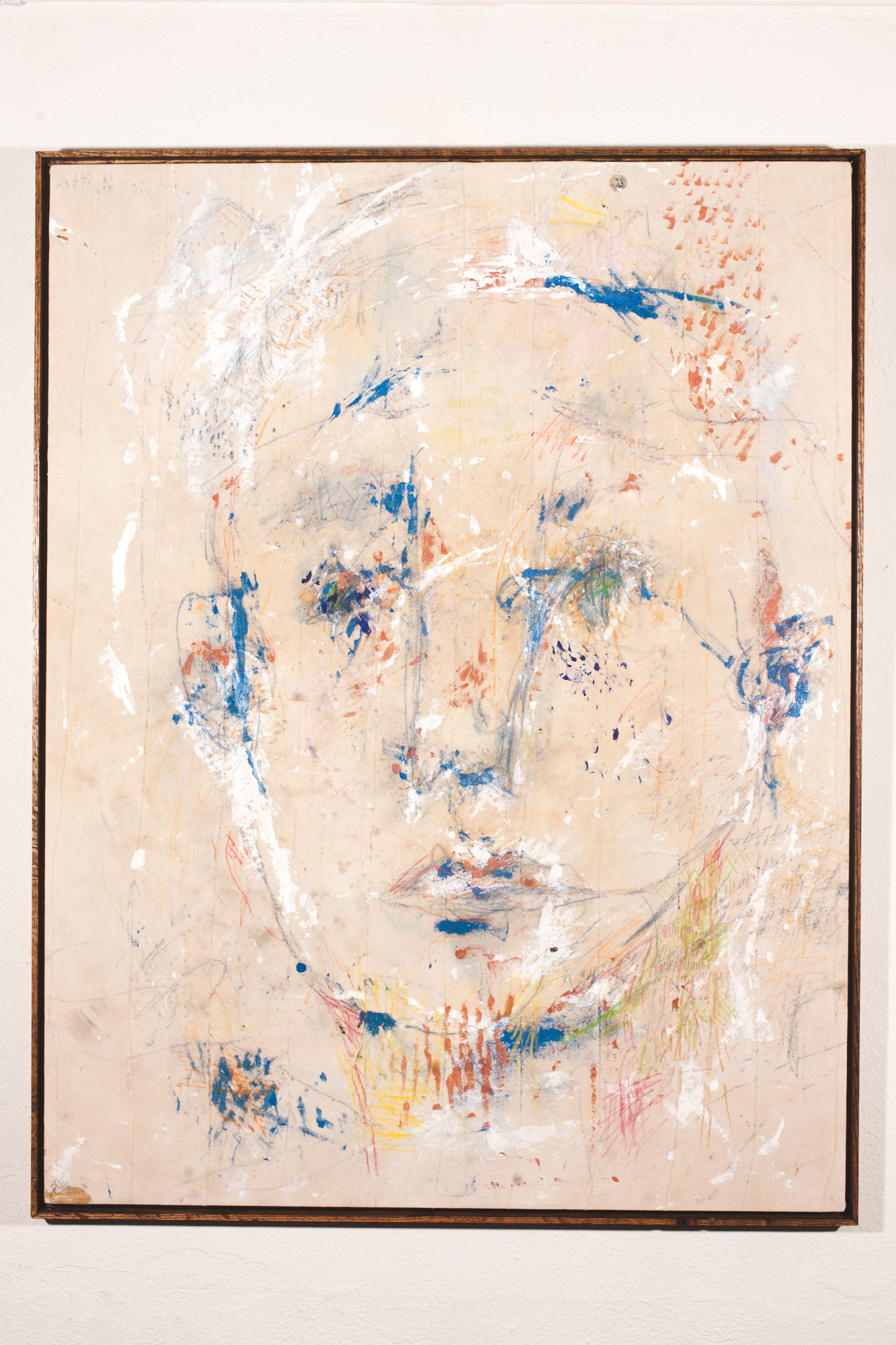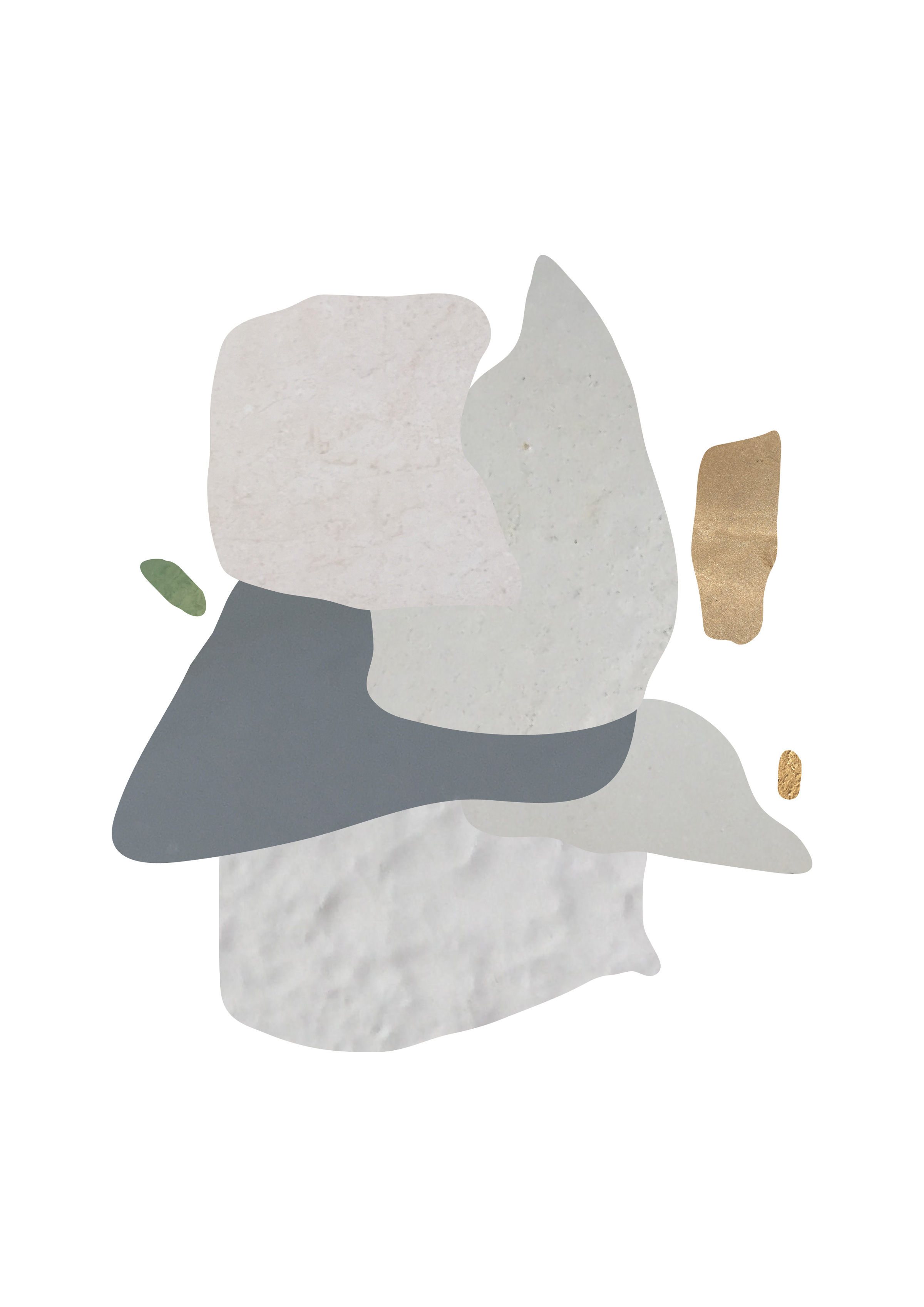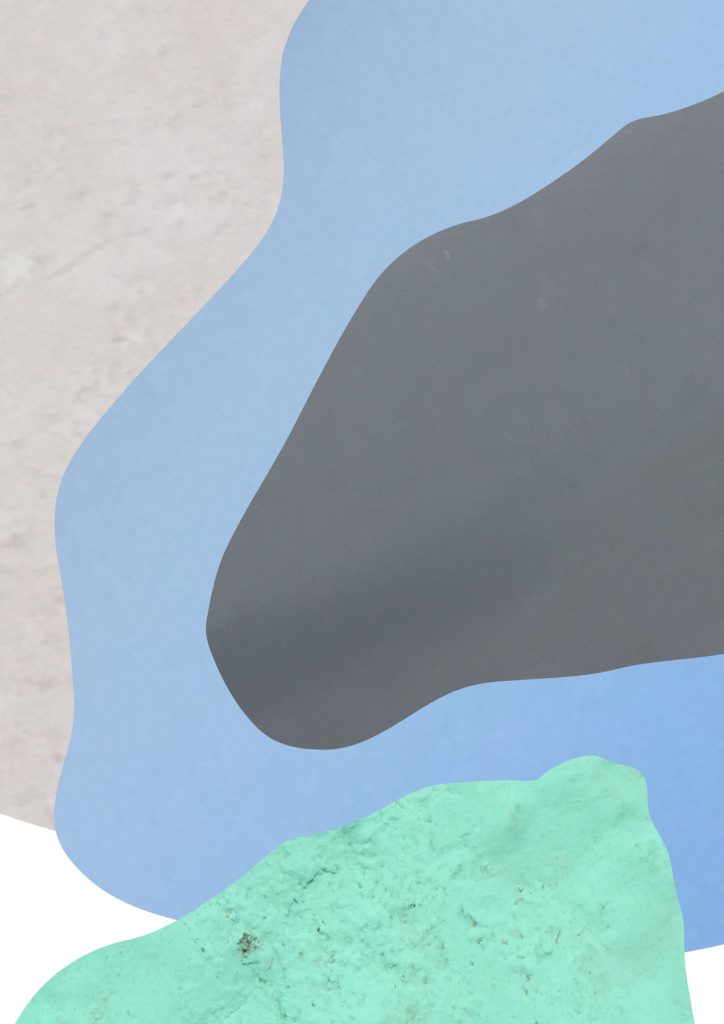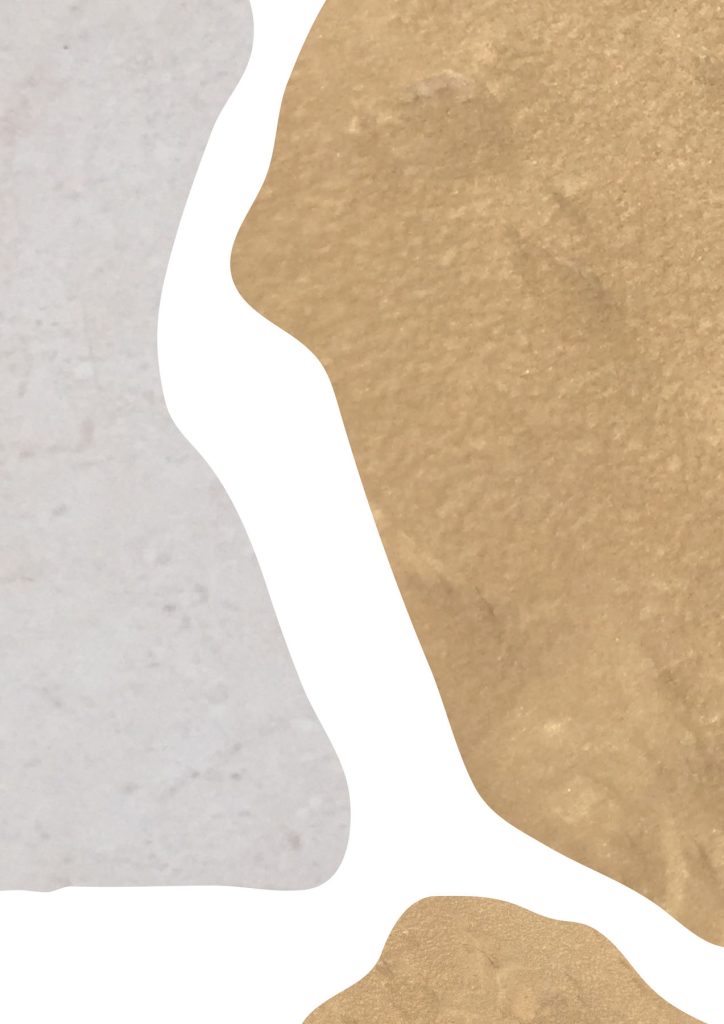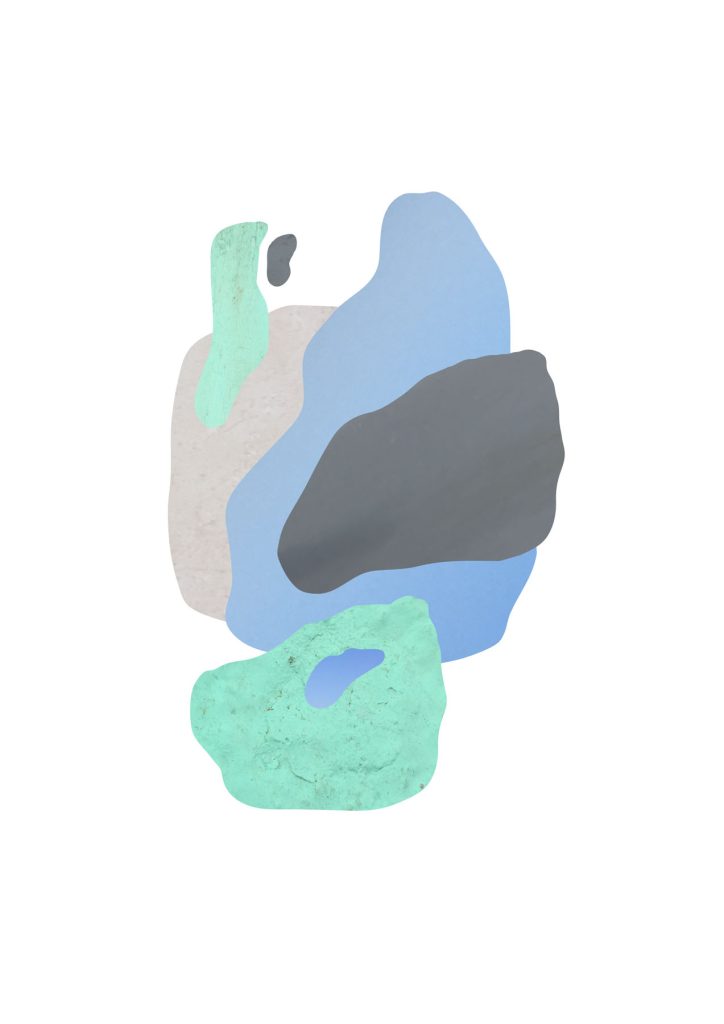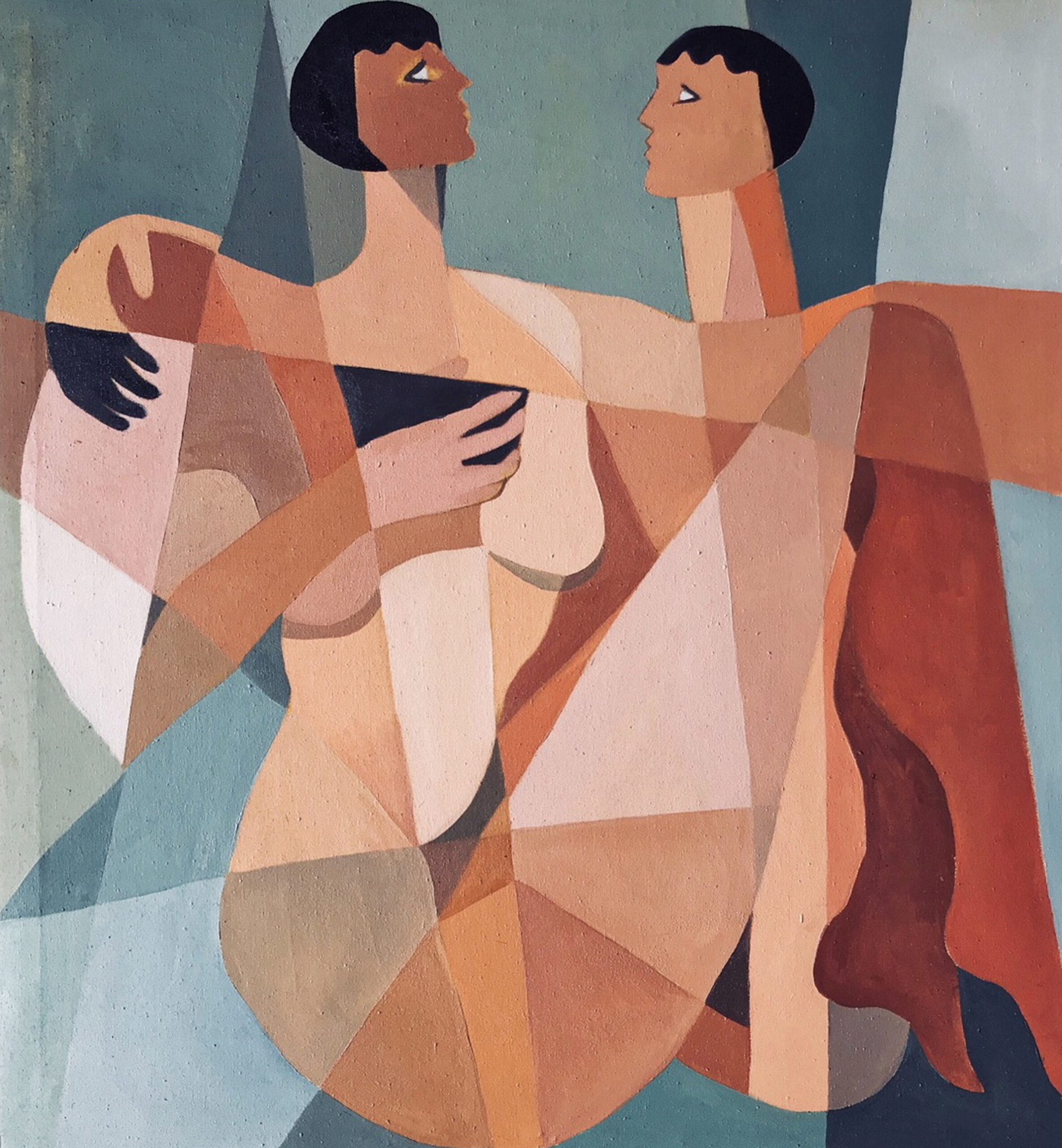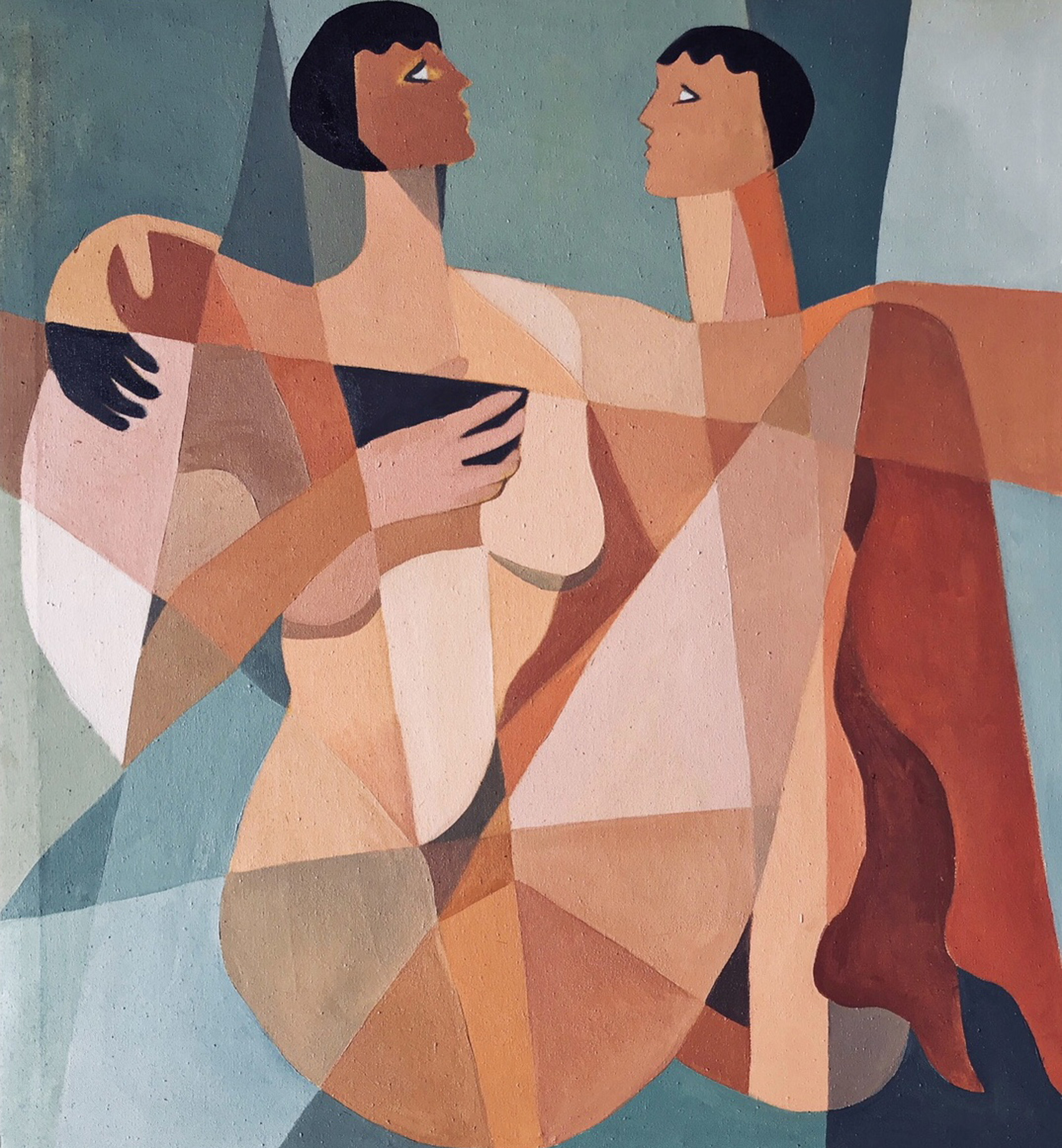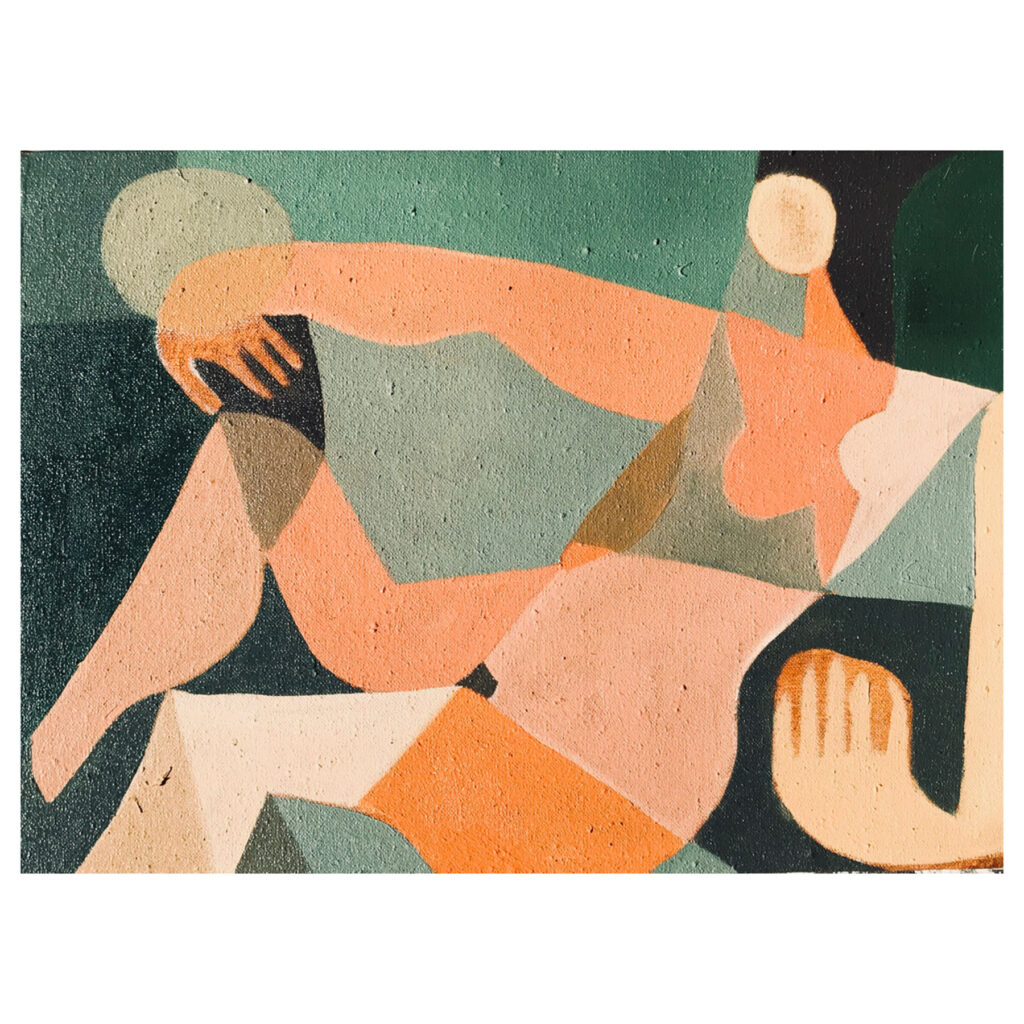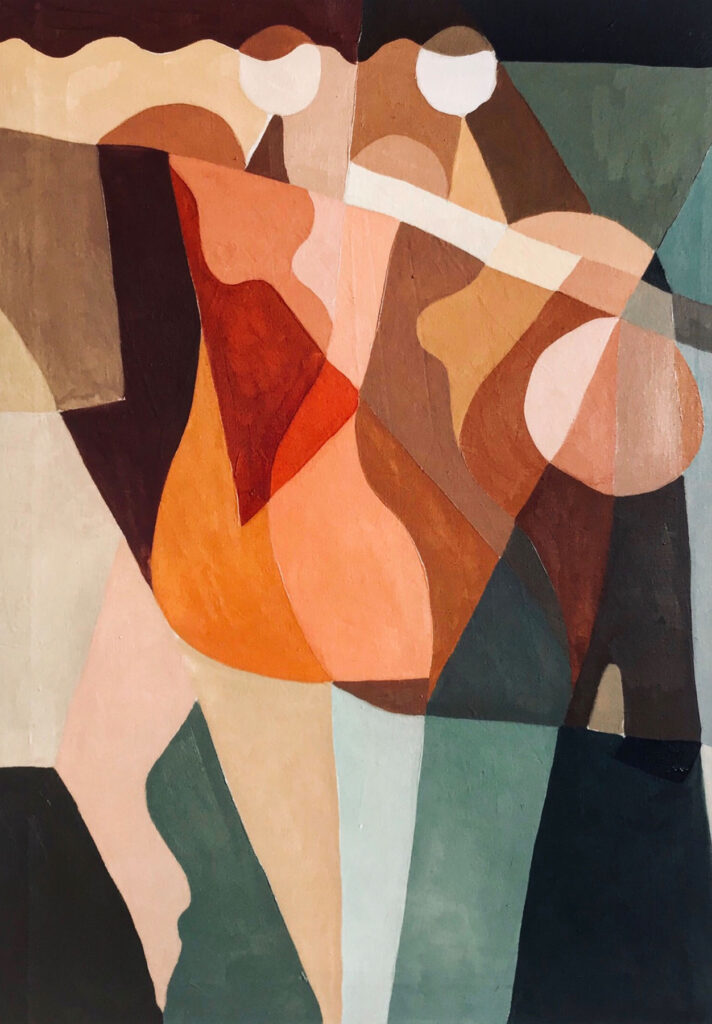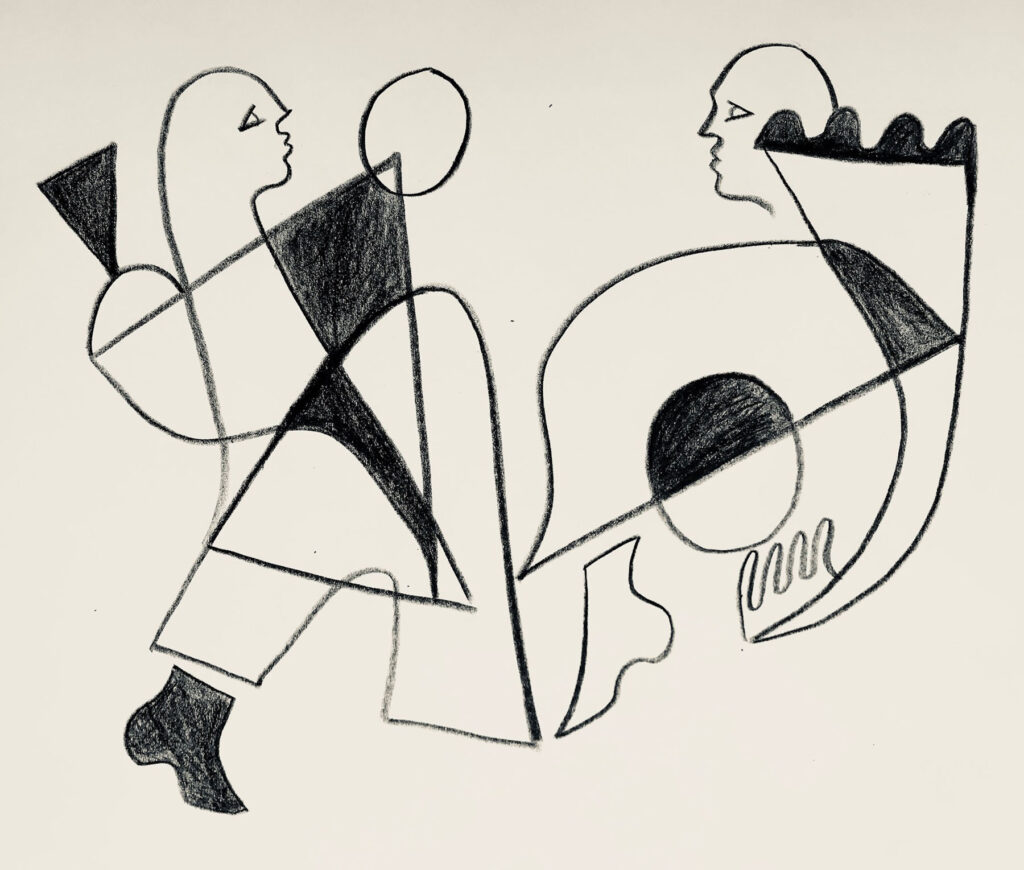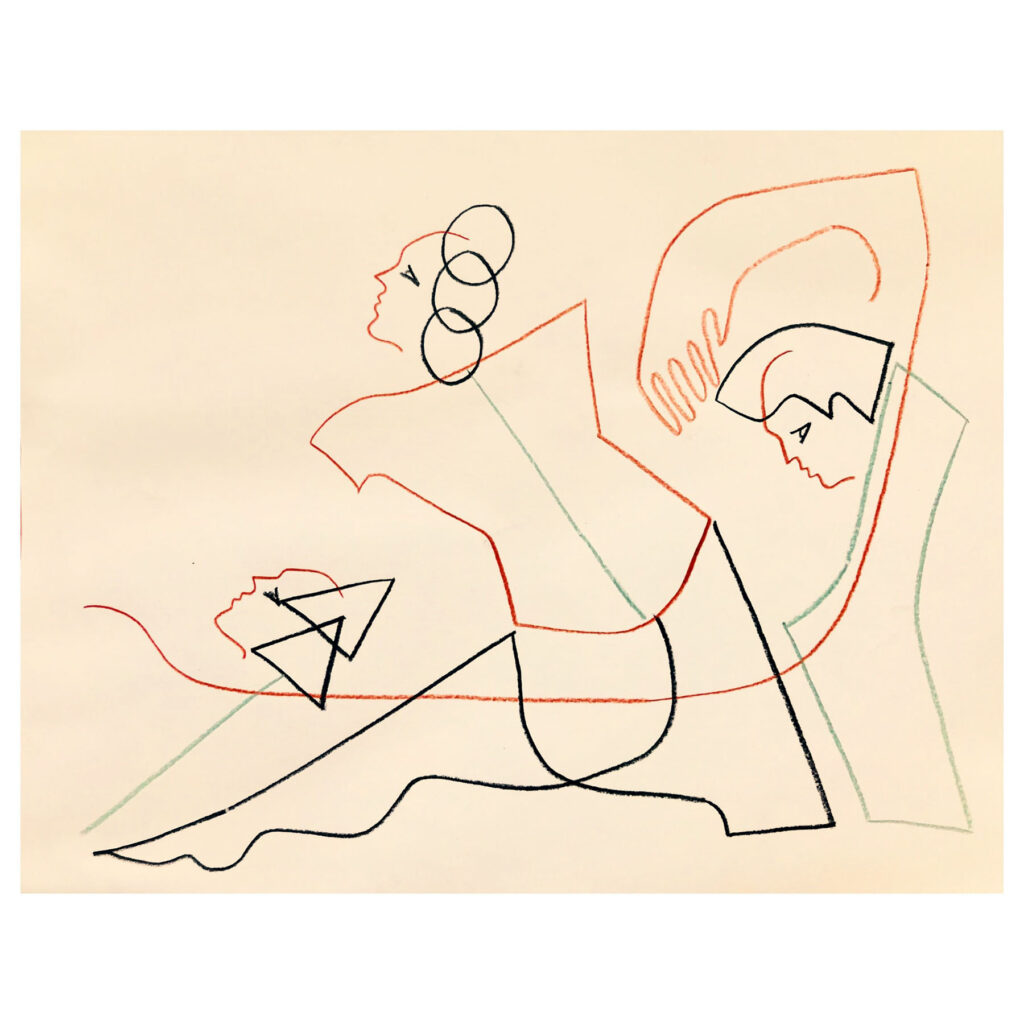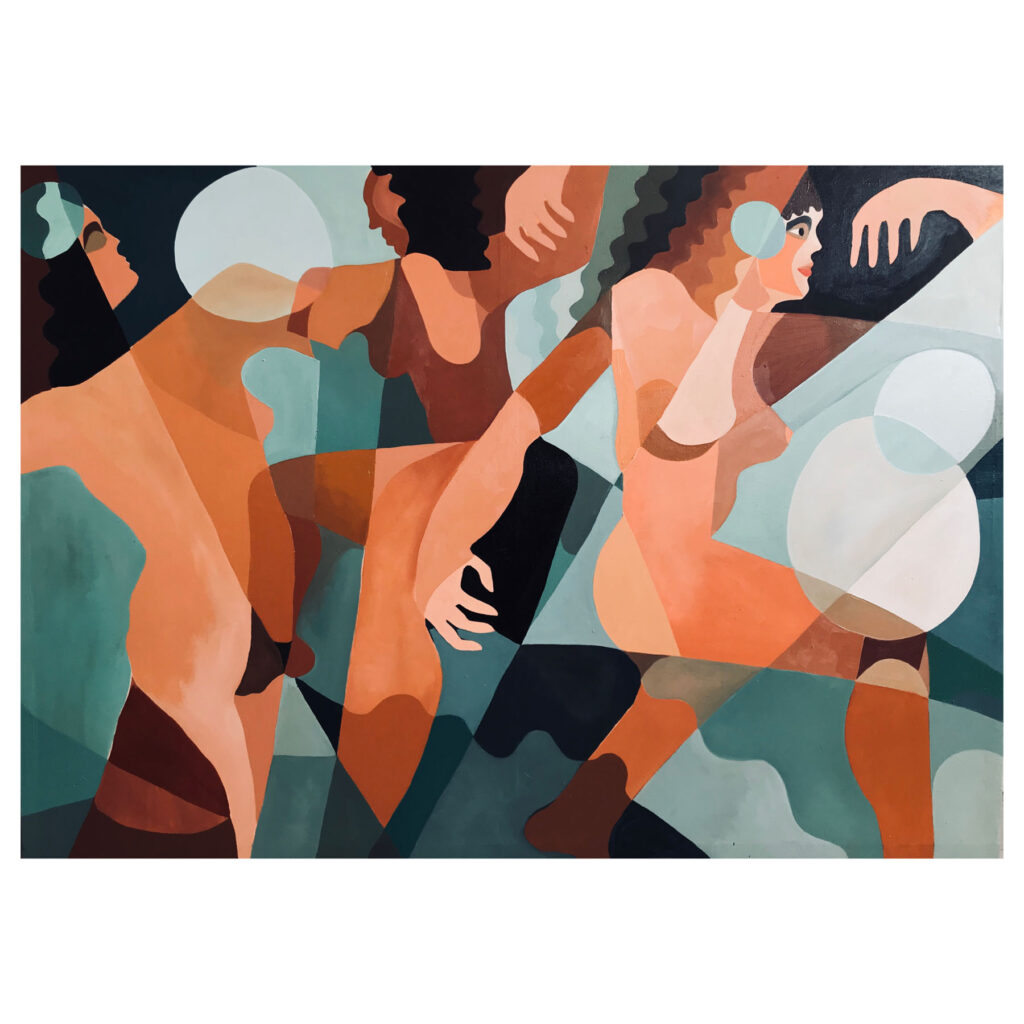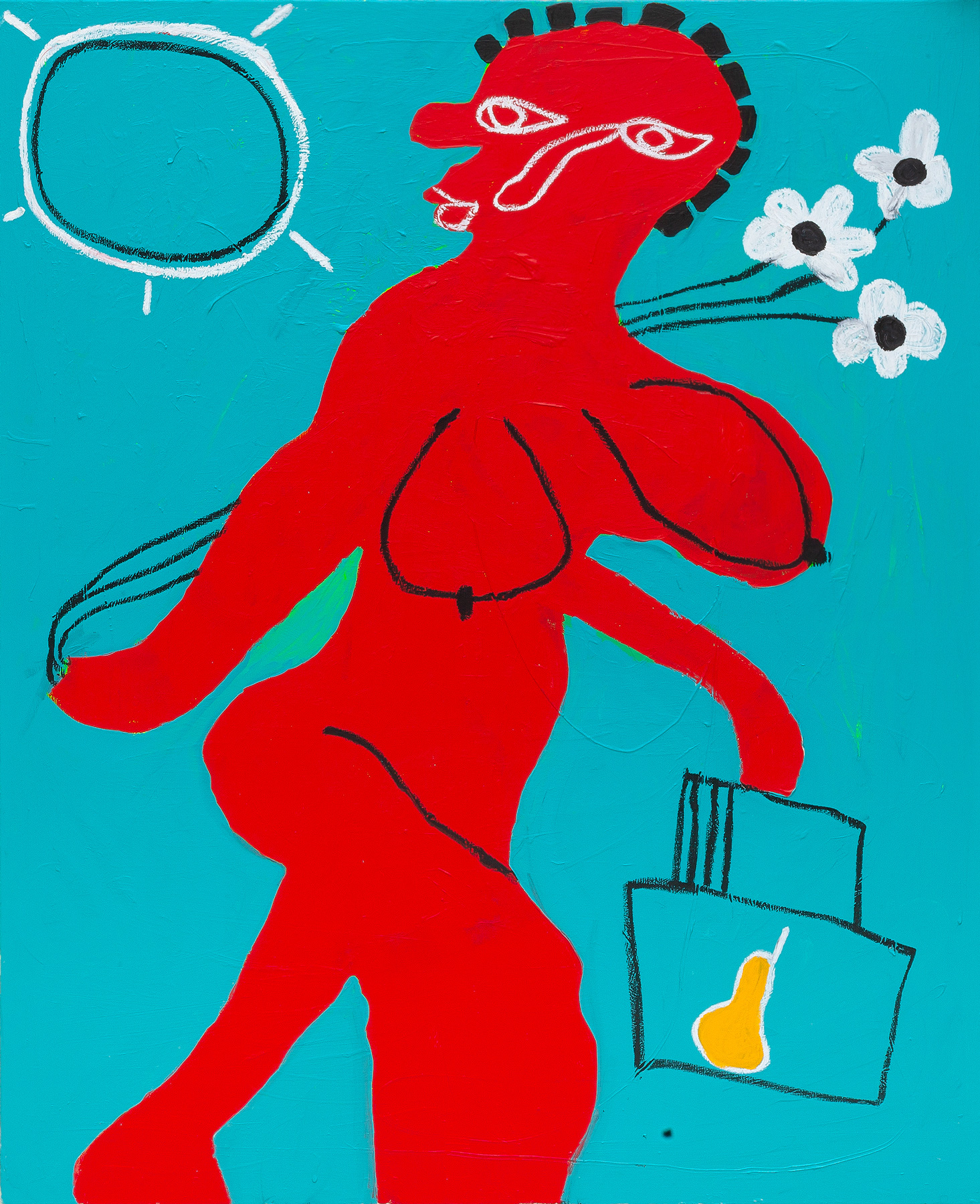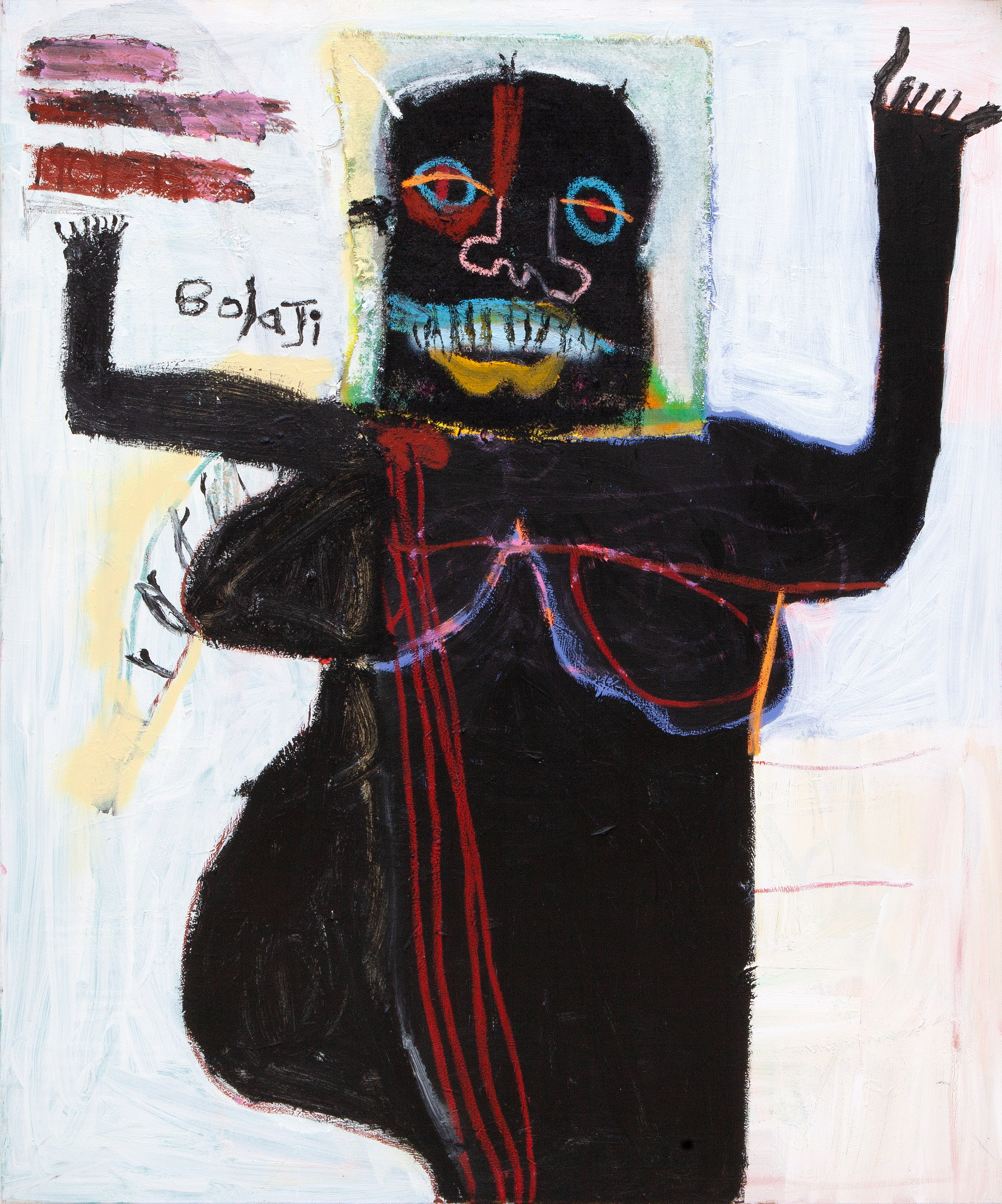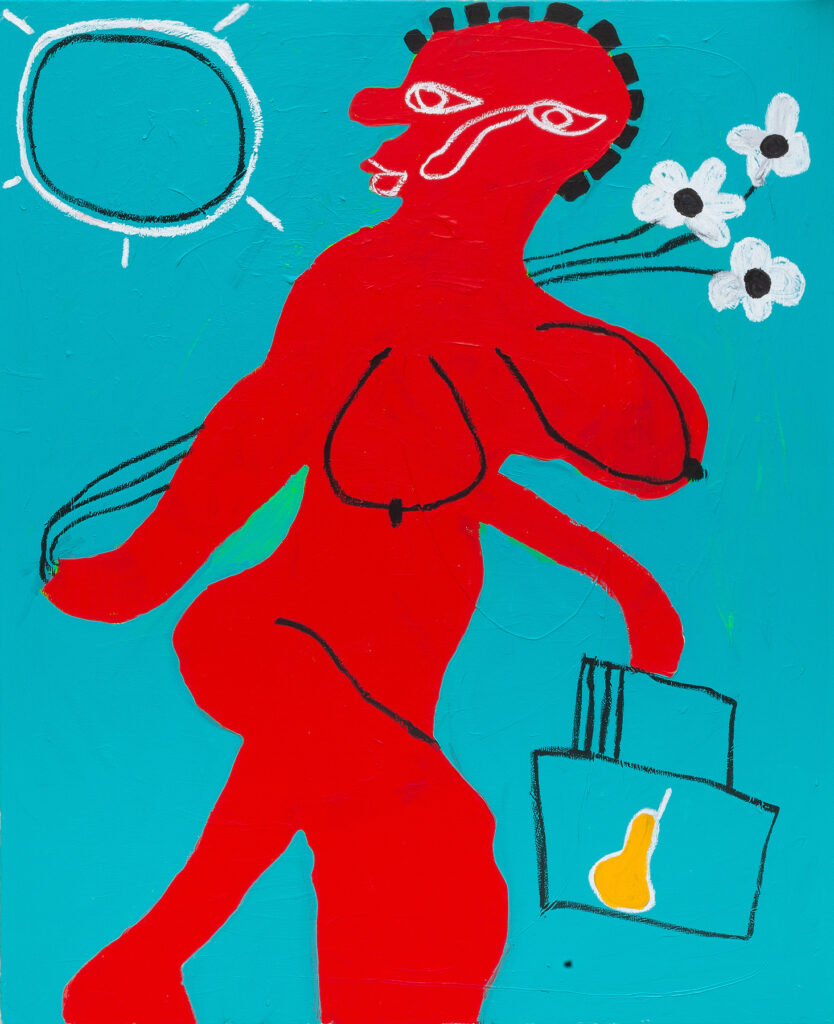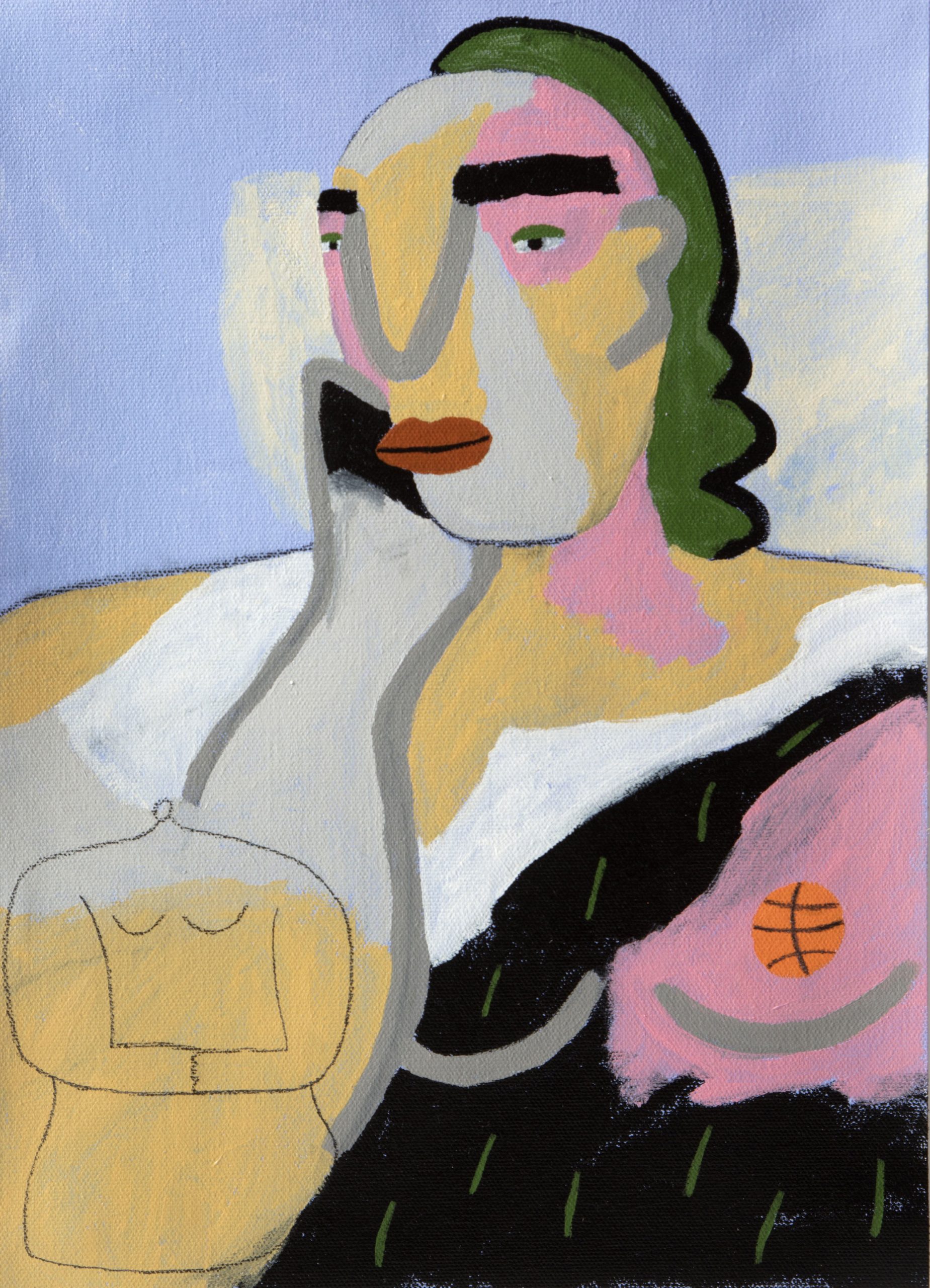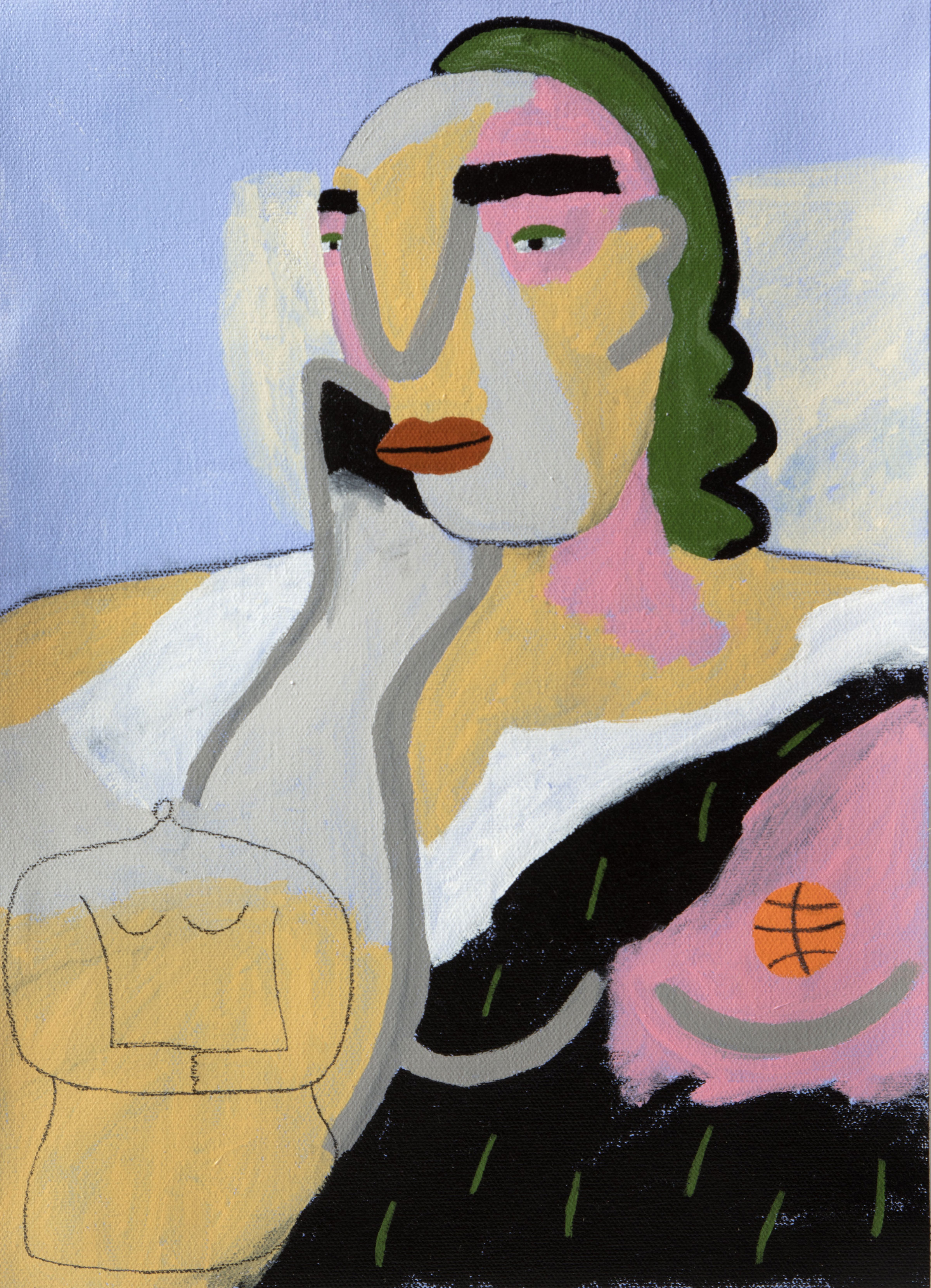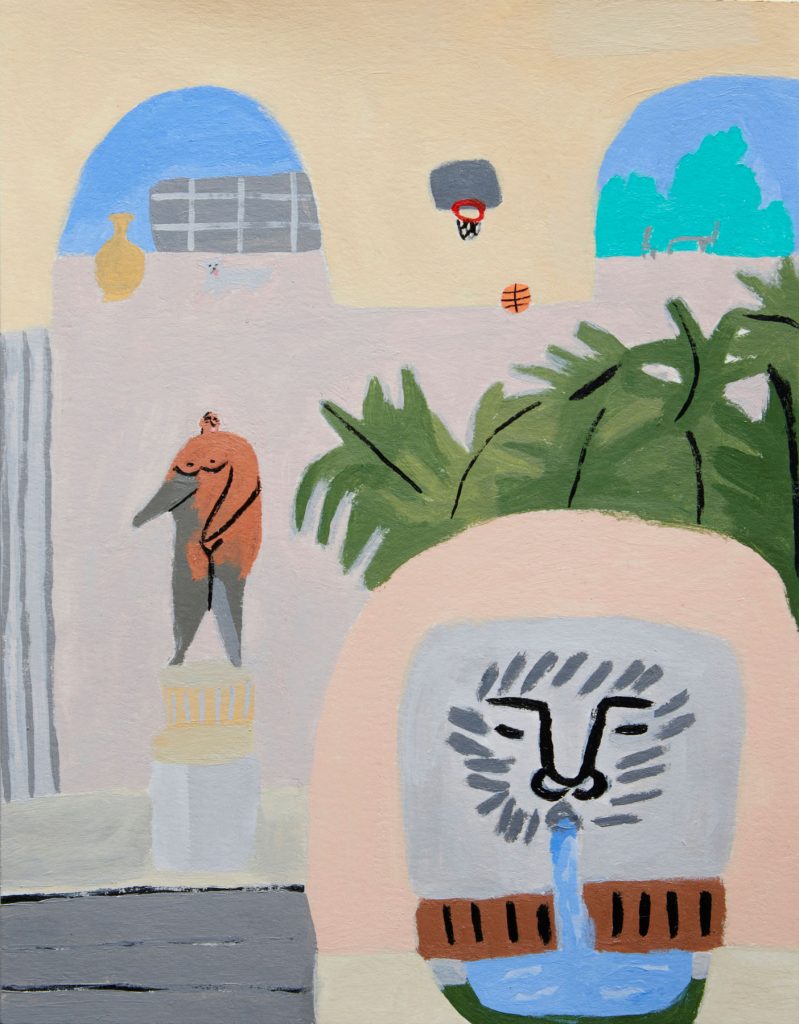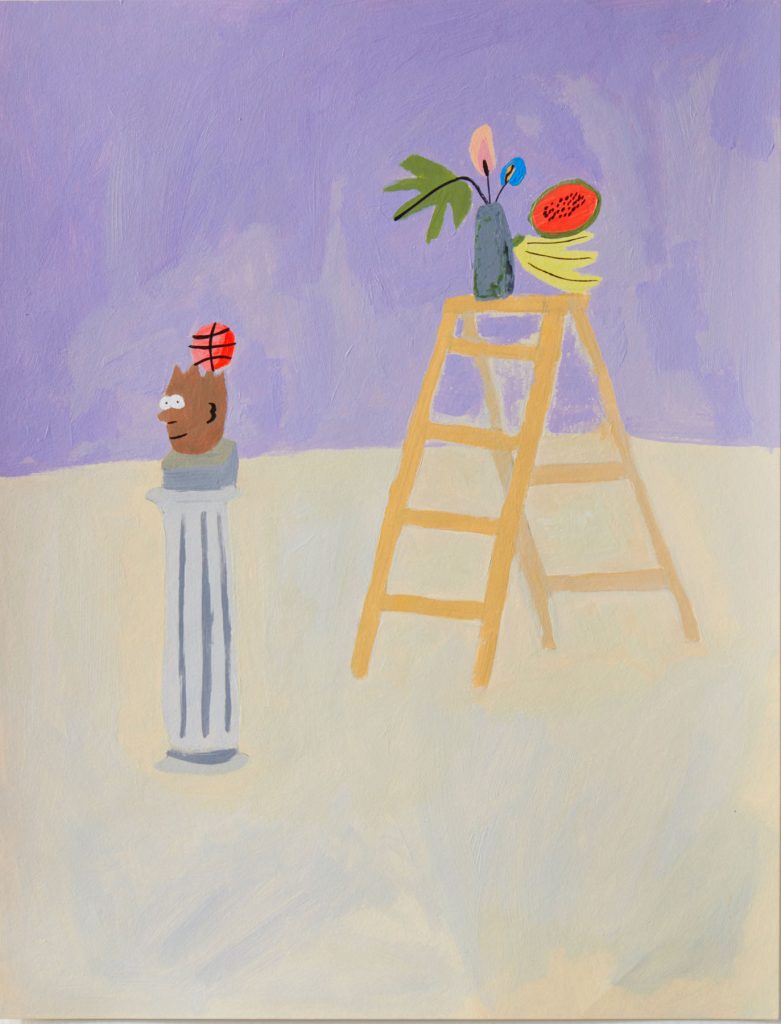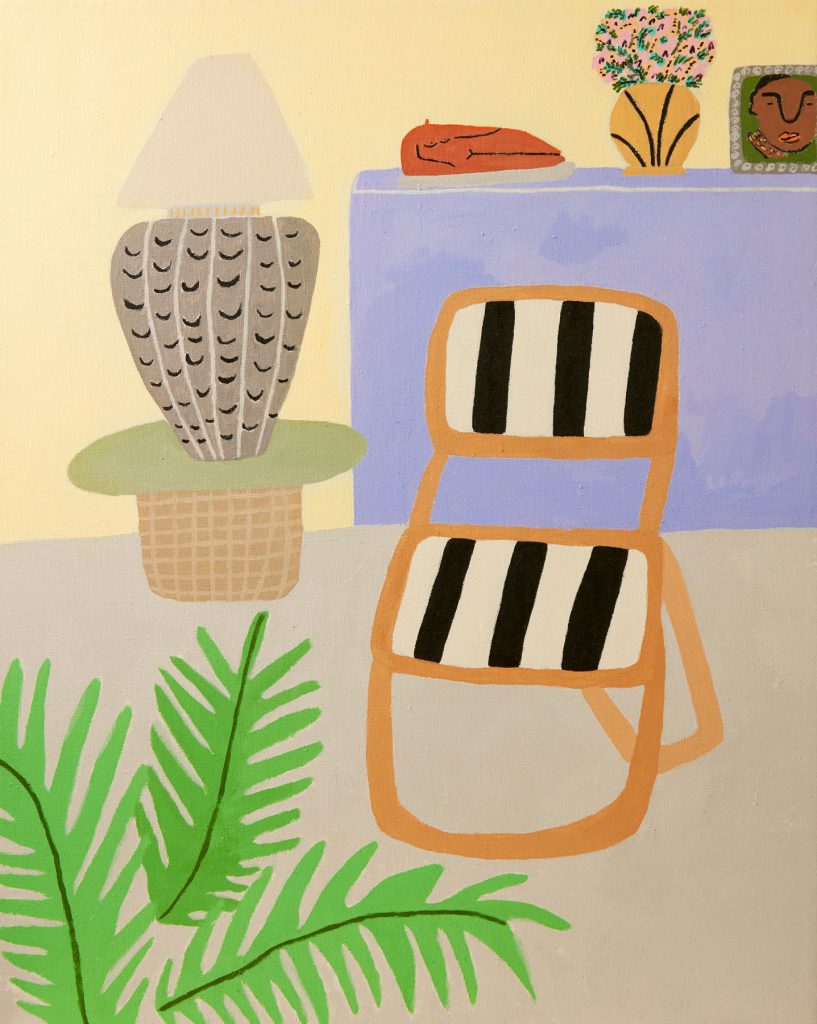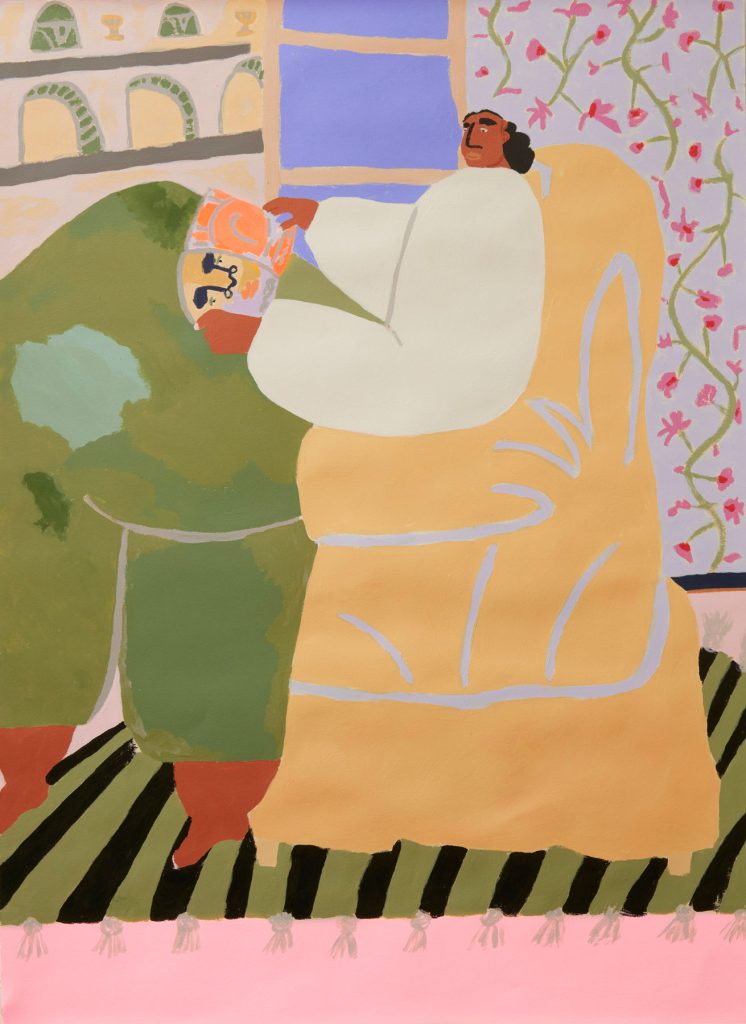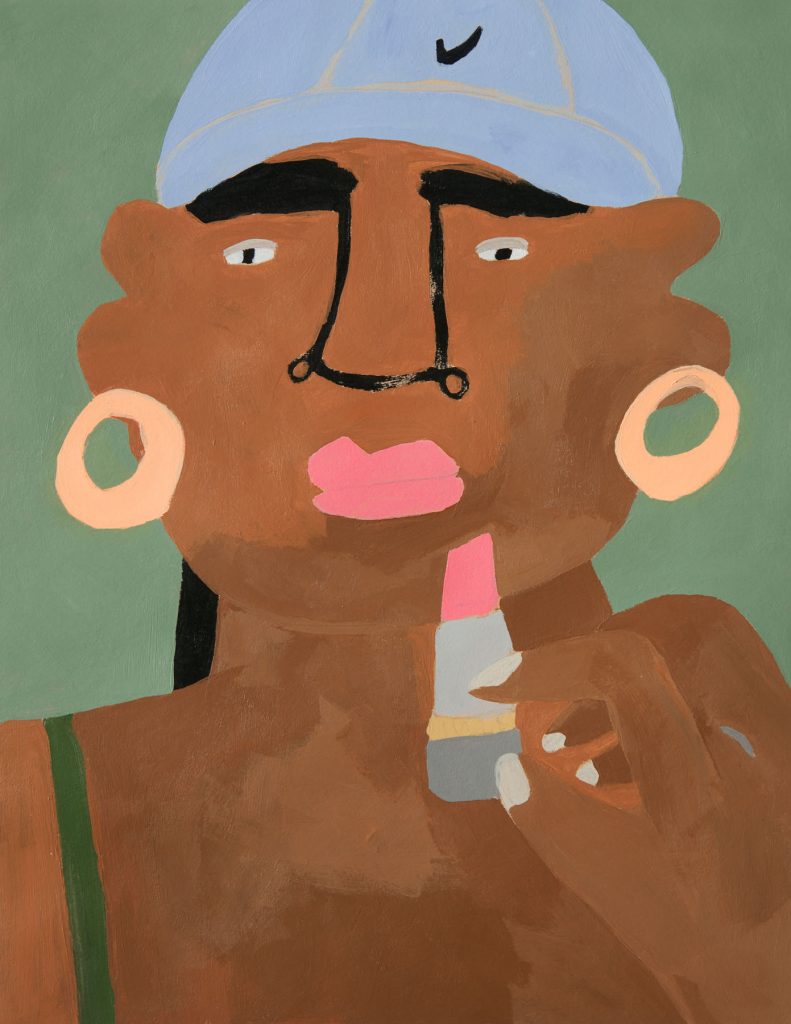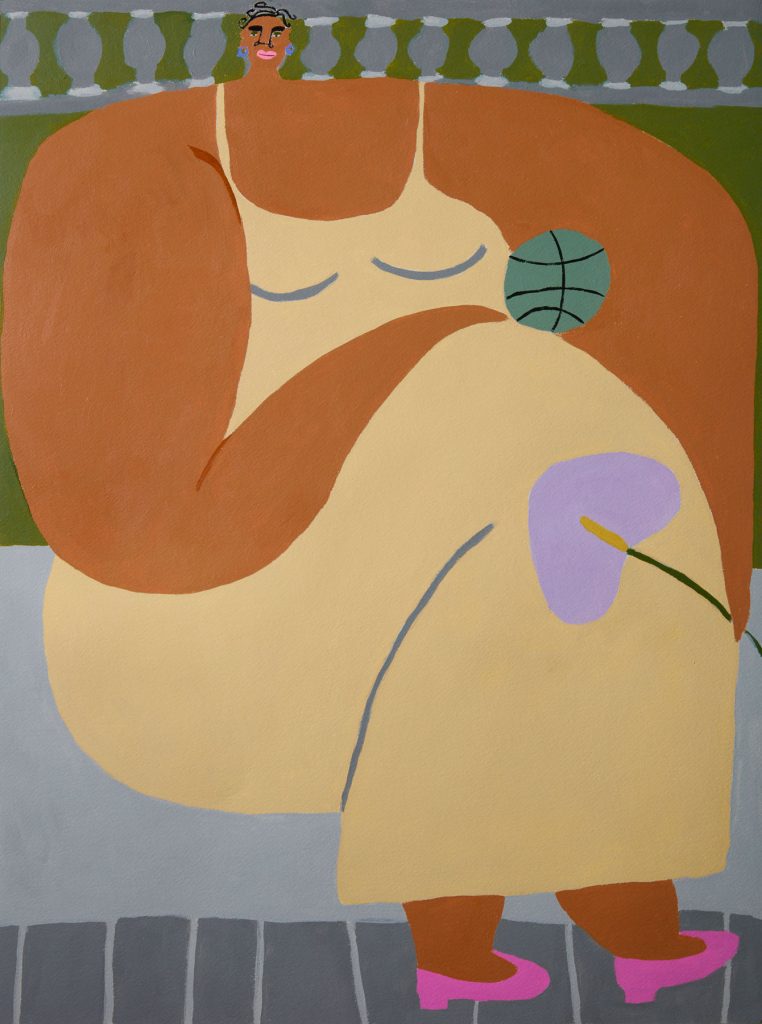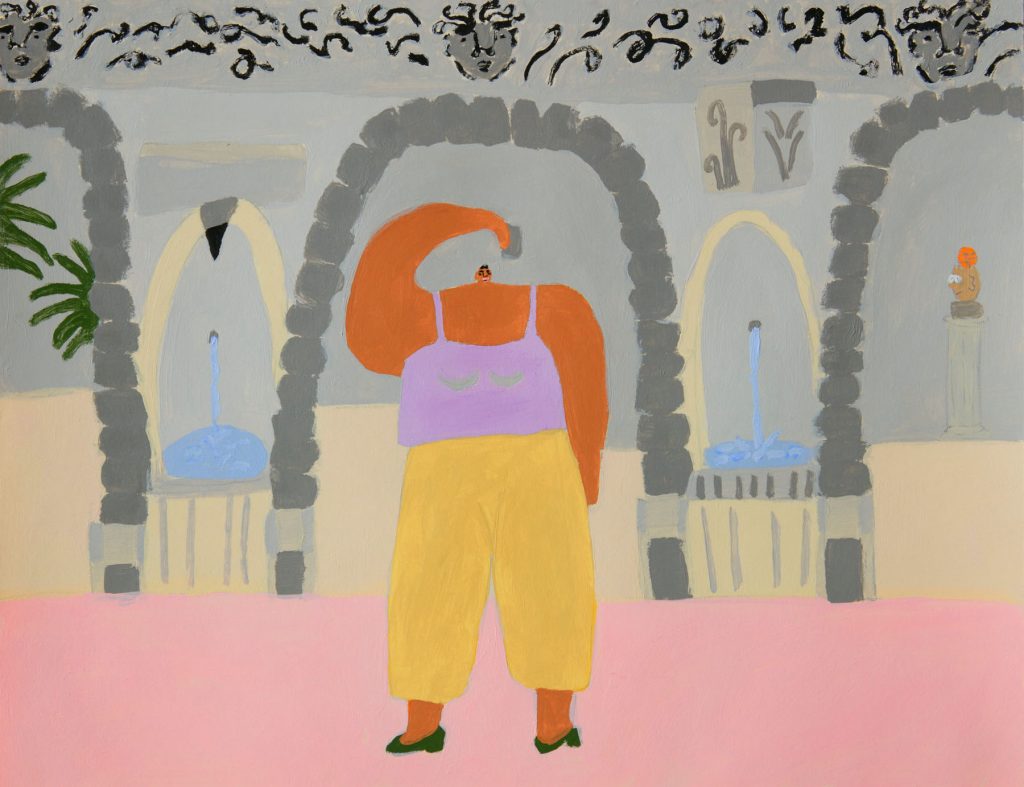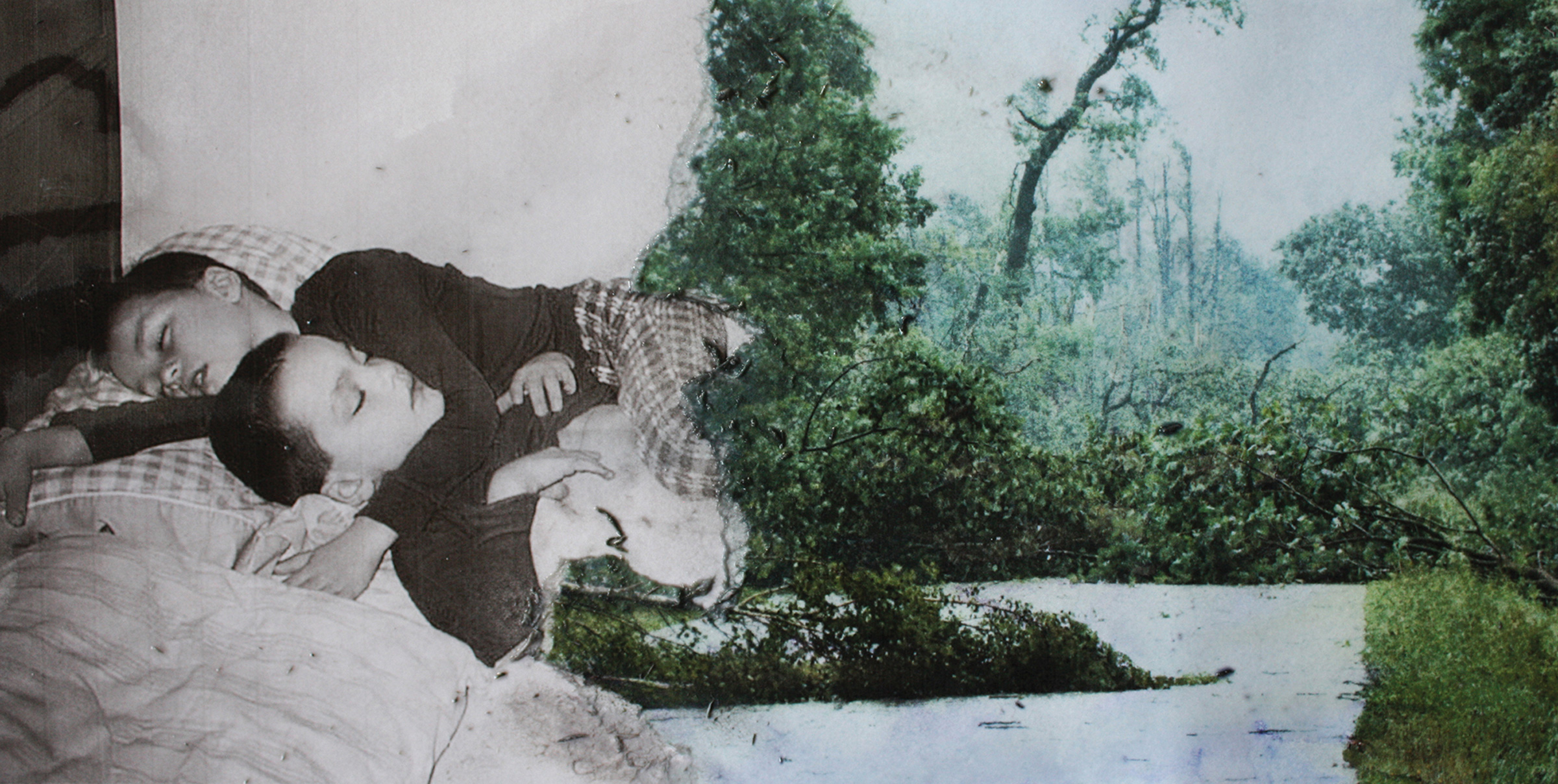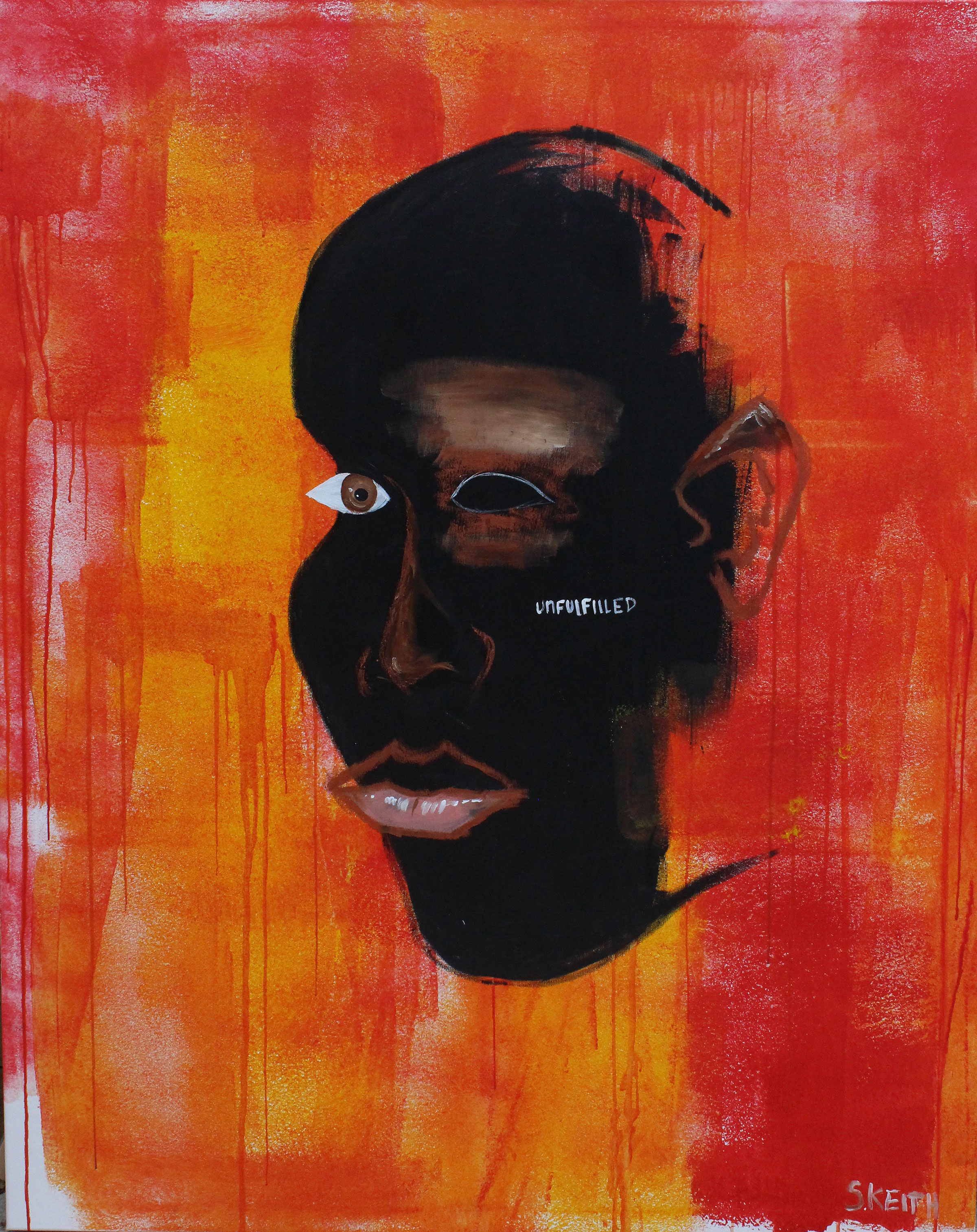
«I like emotions, they should always be the centre point of anyone’s art form»
Shaquille Keith credits his mum for being the drive behind his creative output; as a child, she would always make sure a young Shaquille had the tools – pens, pencils, paper – to draw with. But it wasn’t just art that she encouraged Shaquille to pursue; ‘she made me play the trumpet for eight years. These are things that I’m so grateful for, even if I wasn’t at the time.’ Those formative experiences have helped Shaquille get to where he has today, as a painter and a poet; he attributes the rhythm that helps structure his poetry to learning the trumpet. Many people familiar with Shaquille will know him as one fourth of PAQ, the YouTube streetwear show that he started with friends Danny Thomas, Dexter Black and Elias Riadi in 2017 when they were all on the cusp of their twenties. The show, which carved out a space online to passionately discuss men’s fashion, without the pretence and sincerity that often comes with the territory of high-end and streetwear gear, is an unequivocal success. To date, the show, which airs every Thursday, has over 84 million views and not far off 800,000 subscribers. Shaquille, himself, has nearly 275,000 Instagram followers, and shots of him wearing an array of covetable attire – including campaign shoots for some of fashion’s biggest names – are interspersed with his paintings, his poetry and other musings about his creative process. The success of PAQ can be attributed to how personable its hosts are, and the same applies to the kind of inclusive community that congregates on the comment section of Shaquille’s Instagram posts. At this point, Shaquille has reached a level of success that many can only dream of, but it’s clear that this is only the start of where he hopes to eventually get – with dreams to take his painting and poetry to new heights. ‘Oh the artist, Shaquille Keith, did you see him in that music video with – I don’t know – Drake?’ he muses in our conversation; ‘Did you see the artist Shaquille Keith acted in that new James Bond movie?’ There’s little doubt, however, that, when that day comes, Shaquille won’t share it with his PAQ peers, his online fanbase and, most importantly, his mum.
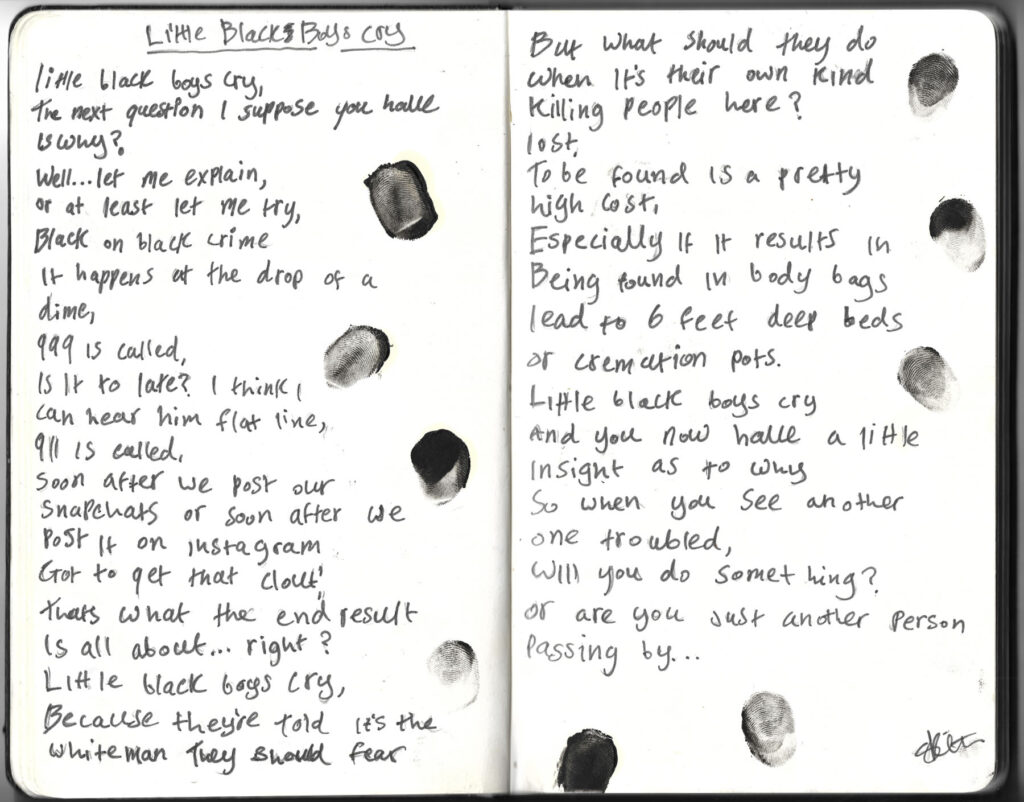
To start with, when you’re creating your artwork or poetry, what inspires the direction that you take?
I would say it’s all about how I’m feeling at the time. In my experience, I find that, if I’m talking, it never stays in the person’s head. I always feel like, when you go to a concert and see the way fans know all the lyrics, they’ll say, ‘I love this song so much because it resonates with me especially when,…’A four minute song resonates better than a 30 minute conversation, so that’s why I like to write poetry. And when it comes to painting, it’s about the idea of identity and how I feel. When you’re trying to explain how you feel to someone, they don’t always get it. But, sometimes, when you do a picture that’s more than just a pretty picture – something with meaning – and you give it a title that reflects how you feel, and the image depicts how you feel, I think that can communicate it a lot better. Whenever I create an image, or put pen to paper, I would like to think it’s always for the purpose of communicating something important. And it’s also for reassurance that, whatever I’m going through, I’m not the only one. Sometimes it can be daunting when you’re going through something and you don’t have anyone to really talk to about it. I’m grateful to be able to put my work out there and have enough people see it and say, ‘actually, I’m going through this too.’
I think it’s quite interesting the way you share your poetry online; posting photos of handwritten poems is quite a personal thing to do. What do you hope people reading your poetry in this way will gain from that experience?
I can’t lie, my handwriting is absolutely shit, but I don’t mind it because I feel like, that’s what my aesthetic is. Sometimes it looks good, sometimes it looks bad, but I really like to think people would read it if they can make out the words. I like to think people do read it straight from the book because if you do that, it’s more raw – which is why I want to make my own poetry book, with the pages of what I’ve written with a type out on the back so you can read it. I would rather people read from the actual book itself, rather than just reading the caption if I’m posting on social media.
You’ve got quite a big social media platform for people to engage with your work. But, as an artist, what role does sharing your work have for you?
I don’t rely on my social media to define my work as such, but I guess the role it’s played is that I’m able to get immediate feedback from people. Until you share a poem or a painting, they’re pretty much done for yourself. If I’m writing something, I’m pretty much talking to myself, and then when I share it, I’m putting it out there for people to engage with so I can understand what they take away from it. So I think the one good thing about social media is that it allows me to see what people think about my work, who it’s for and whether it’s for everybody. When I get comments from people saying, ‘you know what, I’m not into poetry, but I like your shit’ – that makes me feel good, that’s kind of inspiring.
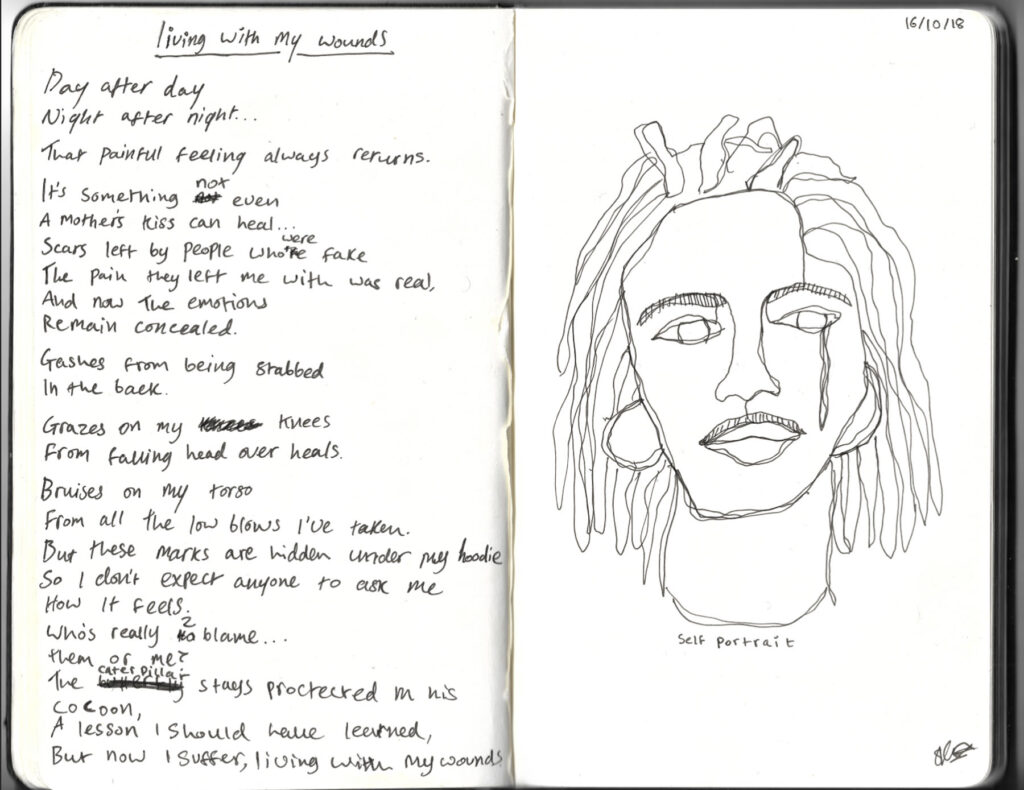
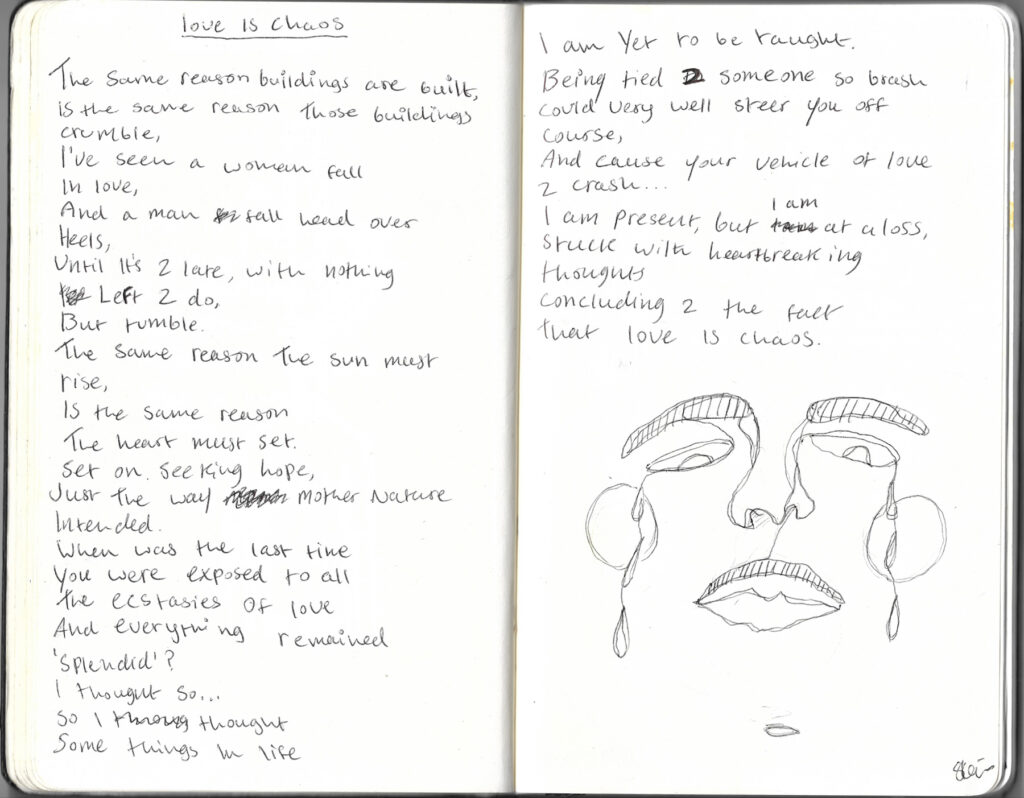
Do you think you would have been able to get to the place you have with your art without other platforms that you have, like the YouTube channel PAQ?
The thing about PAQ, and not a lot of people know this but, with the very first episode of PAQ – before we even knew what it was going to be – was my idea. So obviously, all four of us got together with the idea of making a show and everyone came up with good ideas for the first episode but in the end we ran with the one I offered and I think, that alone, is testament to what I wanted to do creatively anyway. I feel like, if I didn’t have PAQ, in another reality it would have been something else – or, my art itself would have been the platform. But I’m so grateful for the PAQ platform; it’s something that’s completely different, something that’s not been done before. And I do feel like it’s given me access to things, particularly in the fashion world, that I wouldn’t have had access to before. PAQ has enabled me to find more interesting ways to mix art and fashion, which also contributes to my other stuff.
Something that strikes me about your work is that the emotion behind it is really important; is communicating that emotion as central to the artwork itself?
Yeah, 100%. In art, whatever platform it takes: music; movies; literature; whatever – if it doesn’t move you then, in my opinion, it couldn’t get further away from an artwork. Art should essentially be made up of raw emotion. Things that are very bland, where you don’t know much about the artist and what they’re thinking, aren’t for me. There are other artists that I’m not really interested in, like sometimes Jackson Pollock’s work – it doesn’t always interest me. It’s very contemporary, but just not the style of art that I would have in my house because it doesn’t represent how I’m feeling. I like emotions, they should always be the centre point of anyone’s art form.
You’ve touched on this a little already, but what ambitions do you have for your work in the future?
When everyone talks about my stuff now, they call me a presenter. Also, I hate people calling me an influencer; I’m like, ‘bro, I’m not an influencer – please don’t call me that.’ I want to do what I love as a lifestyle, but also redefine the respect that painters get. It’s like, I always see hip hop stars, actors, presenters at fashion shows – I’d love to get invited to all these things with my main title as ‘artist’. That’s the kind of respect I want for painters, because I think there’s a lot of talented people, artists, poets working at a level of quality that I appreciate. I’m grateful for the fact I’m able to do PAQ, but grateful for my artwork because that allows me to blend the two, you know? So, that’s pretty much the goal: to redefine the level of respect for artists everywhere – and also for the black community as well. I feel like the black community is constantly left out of the art world. I mean, it’s a very tough world for black people to get into, but I believe that we’re in the right time, in the right generation, to make that change. So, I would love to be one of the people that spearheads that as well.
I think that’s a really valid point – I think you can definitely see in the fashion world, it’s opened itself up more to include more people, but art is still quite closed off. I guess it’s easier to say, ‘I’m into fashion’ than it is to say ‘I’m a poet.’
I feel like it’s going to be a mission, but I’m willing to do it.
It’s going to be fun too; a lot of ups and downs, but it’ll be rewarding in the end.
